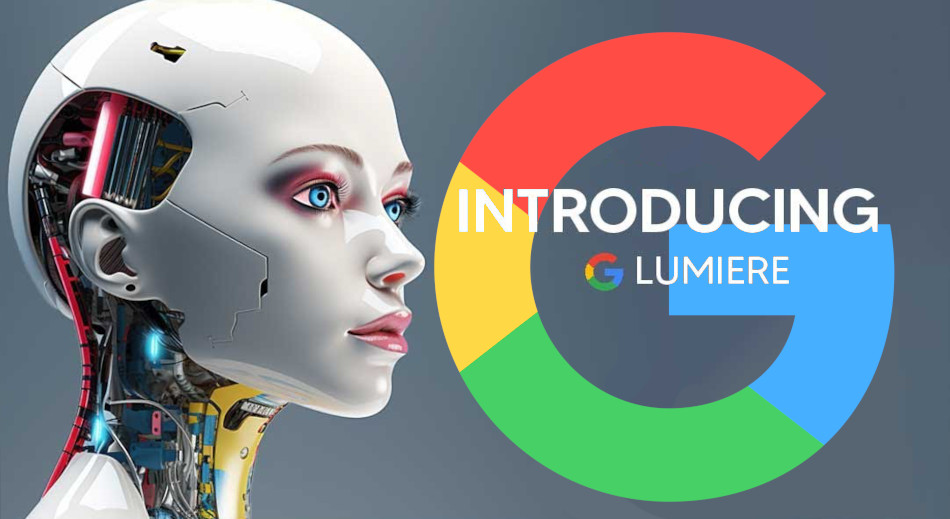
Google Lumiere: A Breakthrough in Realistic Video Generation with Generative AI
Google's Space-Time Diffusion Model Shaping the Future of AI Video Synthesis
NEWS AI January 25, 2024 Reading time: 2 Minute(s)
The quest for more advanced and competent generative AI offerings has intensified. A recent breakthrough in this domain comes in the form of Lumiere, a space-time diffusion model developed by researchers from Google, Weizmann Institute of Science, and Tel Aviv University. Lumiere holds the promise of revolutionizing the AI video space with its unique approach to realistic video generation.
The core strength of Lumiere lies in its distinctive approach to video synthesis. Unlike existing players in the field, Lumiere synthesizes videos that depict realistic, diverse, and coherent motion—a significant challenge in the realm of video synthesis. The researchers behind Lumiere assert that their model introduces a paradigm shift in how videos are generated, setting it apart from dominant players like Runway, Pika, and Stability AI.
GOOGLE'S LUMIERE AI VIDEO GENERATOR
Lumiere's Capabilities
At its essence, Lumiere is a video diffusion model that empowers users to generate realistic and stylized videos with the added functionality of on-demand editing. Users can provide natural language text inputs or upload still images, enabling the model to transform them into dynamic videos. Lumiere also supports features such as inpainting, cinemagraph creation, and stylized generation, offering a versatile toolkit for content creation and video editing.

State-of-the-Art Text-to-Video Generation
The researchers highlight Lumiere's state-of-the-art text-to-video generation capabilities, emphasizing its suitability for diverse content creation tasks and video editing applications. Lumiere's unique design distinguishes it from existing models, which often rely on cascaded approaches for handling temporal data dimensions. Lumiere, on the other hand, employs a Space-Time U-Net architecture that generates the entire temporal duration of a video in a single pass, enhancing realism and coherence in motion.
Training and Performance
Trained on a dataset comprising 30 million videos along with their text captions, Lumiere can generate 80 frames at 16 frames per second. The researchers underscore the model's capability to produce 5-second videos with higher motion magnitude while maintaining temporal consistency and overall quality compared to competitors.
The Road Ahead for Lumiere
While Lumiere exhibits groundbreaking potential in the AI video market, it is essential to note that the model is not yet available for testing. The researchers acknowledge certain limitations, such as the inability to generate videos with multiple shots or involving transitions between scenes—a challenge that remains open for future research.
IMAGES CREDITS: GOOGLE | COVER IMAGE: GOOGLE / REVIEW SPACE
AI Generative AI Google Video Synthesis Lumiere Technology News Artificial Intelligence Text-to-Video Generation Content Creation Video Editing RSMax
*Our pages may contain affiliate links. If you buy something via one of our affiliate links, Review Space may earn a commission. Thanks for your support!
CATEGORIES





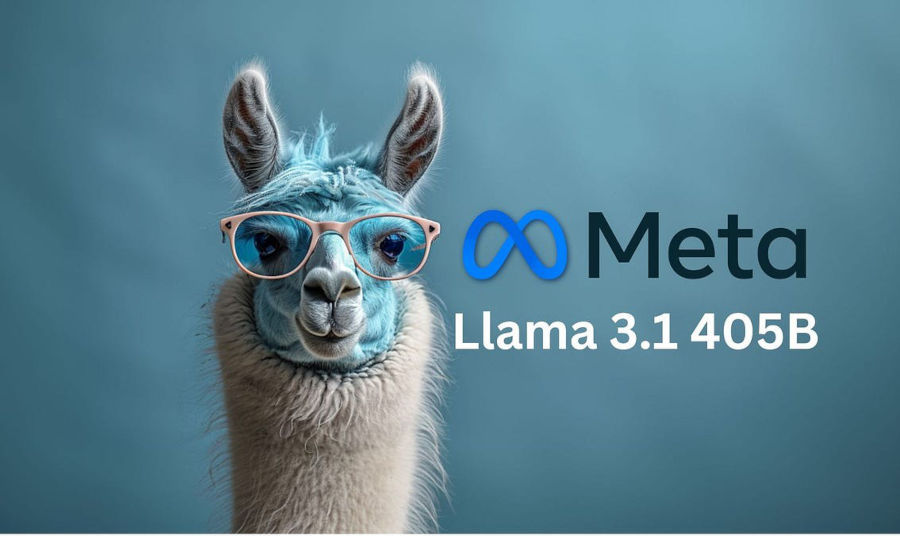
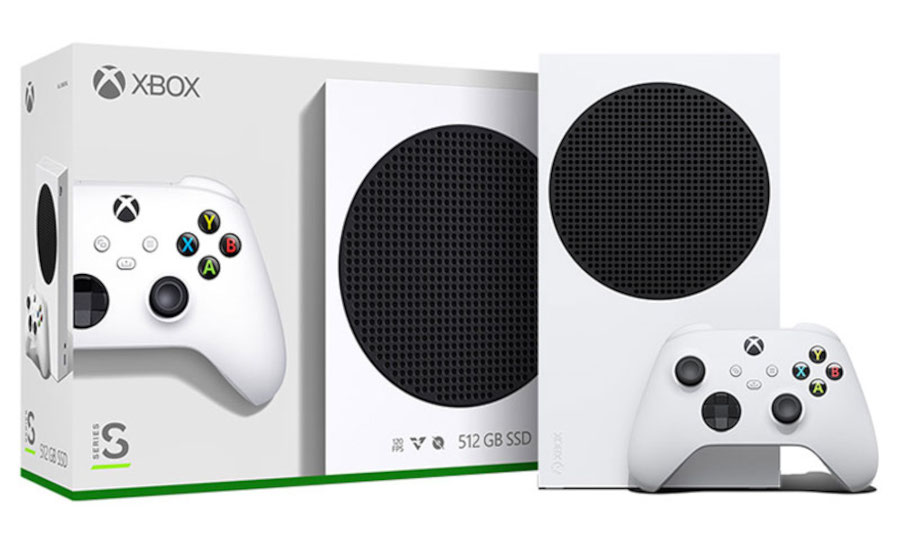



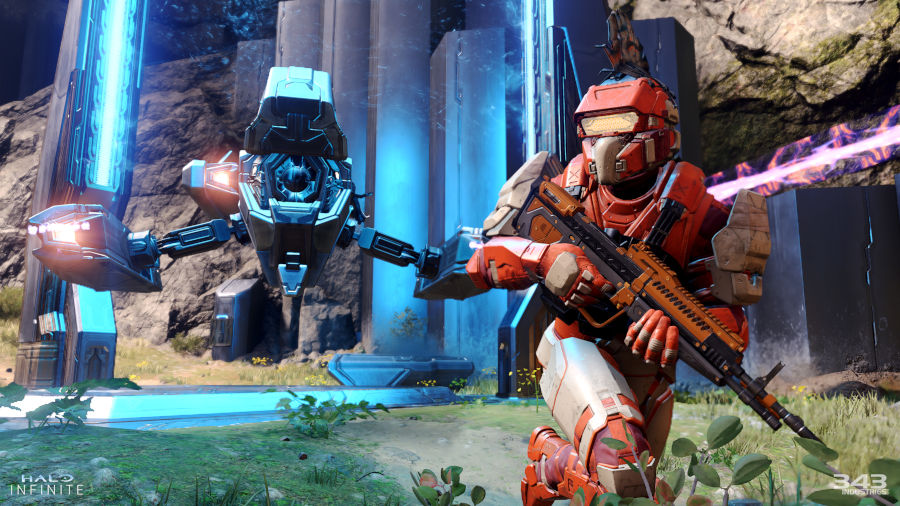

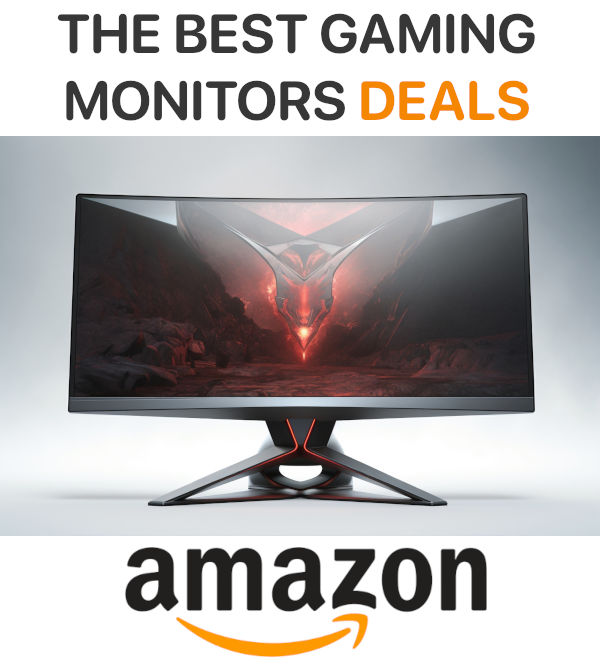


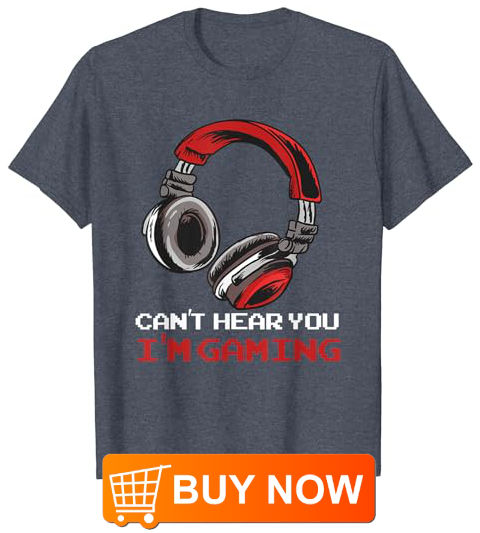




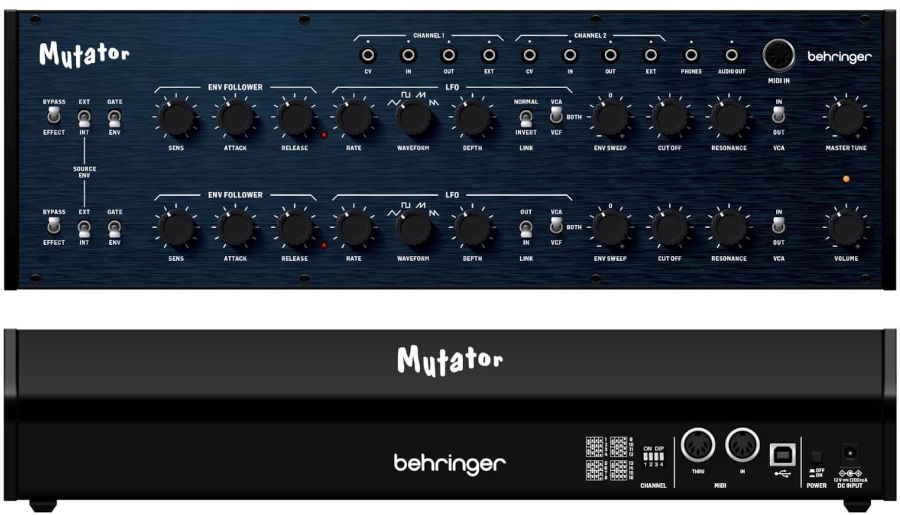
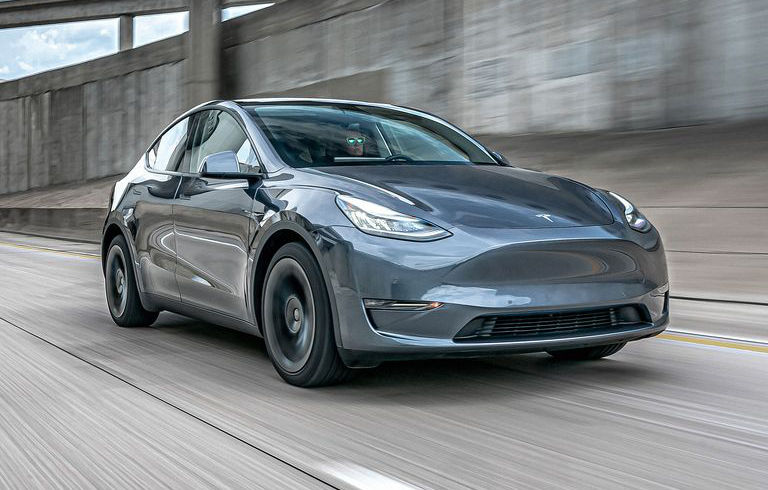
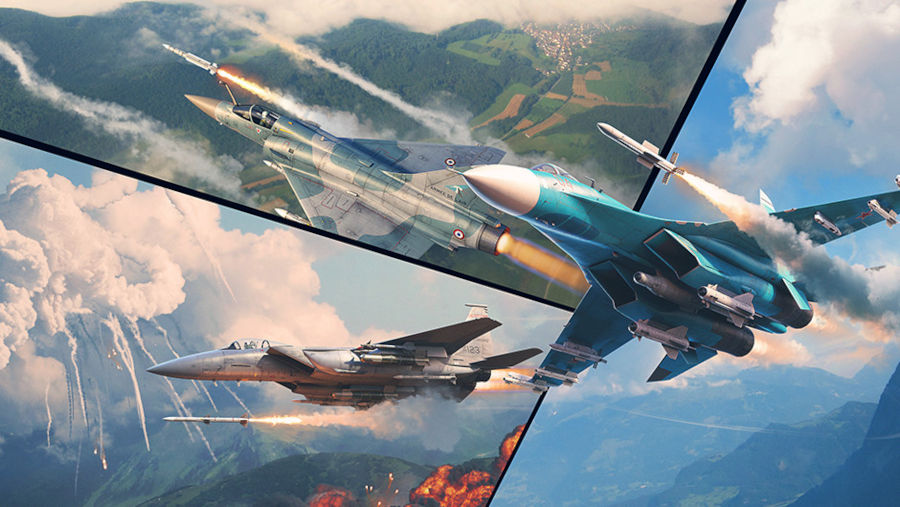

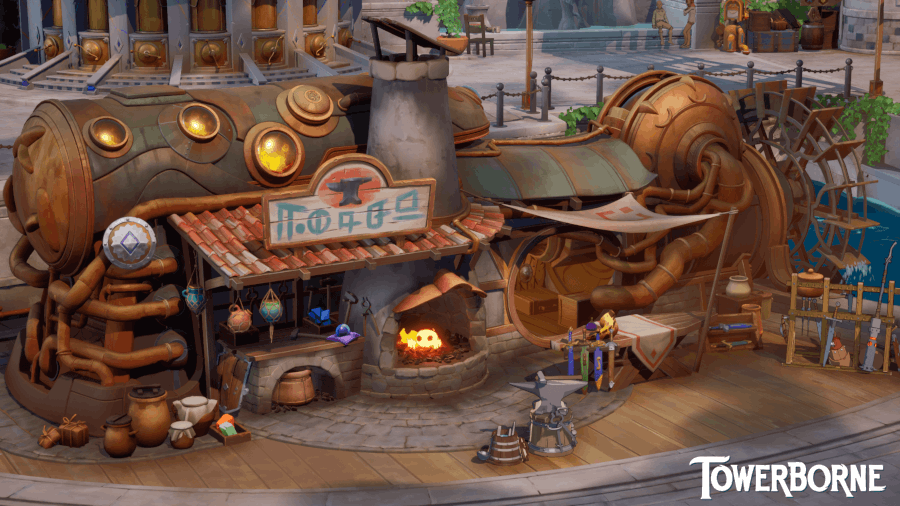
COMMENTS